Home>Storage Ideas>Bedroom Storage>How To Prevent And Remove Fabric Pills From Your Favorite Garments
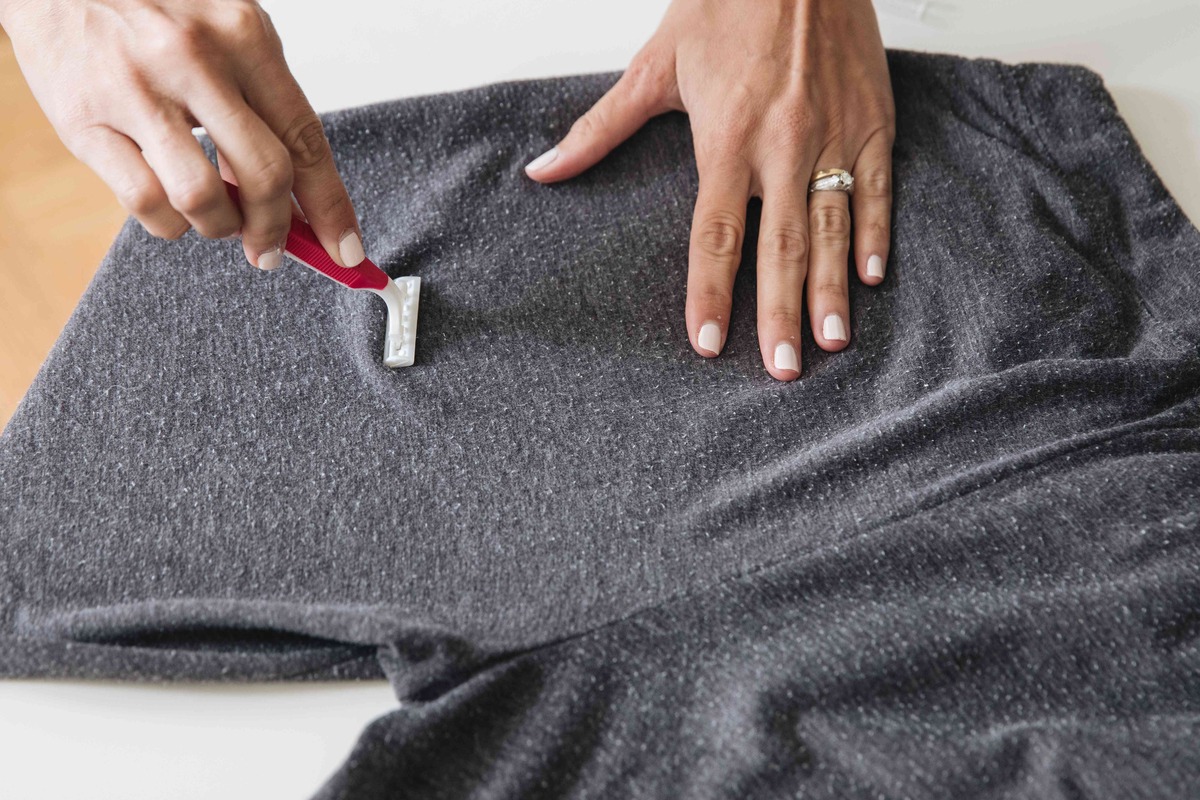

Bedroom Storage
How To Prevent And Remove Fabric Pills From Your Favorite Garments
Modified: March 2, 2024
Learn how to prevent and remove fabric pills from your favorite garments with our bedroom storage solutions. Keep your clothes looking fresh and pill-free!
(Many of the links in this article redirect to a specific reviewed product. Your purchase of these products through affiliate links helps to generate commission for Storables.com, at no extra cost. Learn more)
Introduction
Welcome to your ultimate guide on how to prevent and remove fabric pills from your favorite garments. We all love our cozy sweaters, soft blankets, and comfortable clothing, but over time, those pesky fabric pills can begin to appear, ruining the smooth and pristine look of our beloved items. However, with the right knowledge, techniques, and a little bit of TLC, you can keep your fabrics looking fresh and pill-free for years to come.
Fabric pills, also known as lint balls or fuzz, are those small, unsightly clusters of fibers that form on the surface of fabrics, especially those made from natural fibers like wool, cotton, and cashmere. They are the result of loose fibers rubbing against each other during wear or when being laundered. While they may seem inevitable, there are steps you can take to minimize their occurrence and effectively remove them when they do appear.
In this comprehensive guide, we will dive into the causes of fabric pills and provide you with a range of tips and techniques to prevent them from forming. We will also explore various methods to safely remove fabric pills, allowing you to restore the appearance of your garments and preserve their longevity.
So, whether you’re dealing with a beloved sweater, a cozy throw blanket, or even your favorite pair of jeans, this article will equip you with the knowledge and strategies to keep your fabrics looking their best.
Key Takeaways:
- Keep your garments looking fresh and pill-free by implementing preventative measures such as proper washing techniques, turning garments inside out, and avoiding overloading the washing machine.
- When fabric pills appear, use effective methods such as fabric shavers, pumice stones, or commercial pill removers to restore the smooth appearance of your garments.
Read more: How To Remove Pilling From A Blanket
What are Fabric Pills?
Fabric pills, also known as lint balls or fuzz, are those irritating little balls of tangled fibers that can form on the surface of fabrics, particularly on clothing items such as sweaters, sweatshirts, and even bed sheets. They can also appear on upholstery and other textiles.
These fabric pills are caused by the loose fibers on the surface of the fabric tangling and forming small clusters. They can give a worn-out and unkempt appearance to the garment, making it look old and neglected. Not only are they visually unappealing, but they can also be uncomfortable, as they can cause itchiness or irritate sensitive skin.
There are various factors that contribute to the formation of fabric pills. One of the main causes is friction. When garments rub against other fabrics, such as during regular movement or during the washing and drying process, the loose fibers get tangled and form pills. Another common cause is abrasion. When fabrics repeatedly rub against rough surfaces, such as seat belts, backpack straps, or even the arms of chairs, it can lead to the formation of pills.
Fabric composition also plays a role in the likelihood of pill formation. Fabrics made from natural fibers, such as wool and cotton, are more prone to pilling compared to synthetic fabrics like polyester. This is because natural fibers have a tendency to shed more easily, resulting in loose fibers on the fabric surface that can form pills.
Additionally, certain types of weaves, such as loose or brushed weaves, are more likely to develop pills compared to tighter weaves. The presence of chemical treatments or finishes on the fabric can also impact its propensity to pill.
Understanding what fabric pills are and what causes them is the first step in being able to prevent their occurrence. By implementing the right strategies and techniques, you can keep your favorite garments looking fresh and pill-free for longer.
Causes of Fabric Pills
Fabric pills can be quite frustrating, but understanding the causes behind their formation can help you take proactive steps to prevent them. Here are some common causes:
- Friction: One of the primary causes of fabric pills is friction. When fabrics rub against each other or against other surfaces, such as during regular wear or when coming into contact with rough surfaces, it can lead to the tangling of loose fibers and the formation of pills. This friction often occurs in areas where there is constant movement and rubbing, such as underarms, cuffs, and collars.
- Abrasion: In addition to friction, abrasion can also contribute to the formation of fabric pills. Abrasion occurs when fabrics come into contact with rough or abrasive surfaces. This can happen when you lean against a rough-textured wall, sit on a rough chair, or carry a heavy backpack. The repeated rubbing against these surfaces causes the fibers to tangle and form pills.
- Fabric Composition: The type of fabric and its composition can also impact its tendency to pill. Fabrics made from natural fibers, such as wool and cotton, are more prone to pilling compared to synthetic fabrics like polyester. This is because natural fibers have a looser structure and are more likely to shed loose fibers. These loose fibers then tangle and form pills. Additionally, certain blends of fabrics can increase the likelihood of pill formation.
- Weave Type: The weave pattern of the fabric can also contribute to the formation of fabric pills. Fabrics with looser weaves or brushed finishes have a higher chance of developing pills. Loose weaves allow more loose fibers to come to the surface, while brushed finishes have shorter fibers that are prone to tangling and forming pills.
- Laundering Practices: Improper washing and drying techniques can also contribute to pill formation. Aggressive washing cycles, high heat in the dryer, and overloading the washing machine or dryer can cause excessive friction and agitation, leading to the formation of pills.
- Harsh Chemicals: Chemical treatments or finishes applied to fabrics can increase their propensity to pill. Harsh detergents, fabric softeners, or other chemical substances can weaken the fibers and make them more prone to tangling and forming pills.
Understanding the causes of fabric pills is essential in implementing preventive measures. By addressing these factors, you can significantly reduce the likelihood of pill formation and preserve the appearance and longevity of your favorite garments.
Tips to Prevent Fabric Pills
Prevention is key when it comes to keeping fabric pills at bay. By following these tips and incorporating them into your garment care routine, you can minimize the formation of pills and keep your fabrics looking fresh and pristine:
- Proper Washing and Drying Techniques: Use gentle washing cycles, such as the delicate or hand wash cycle, to minimize friction and agitation. Avoid using hot water, as high temperatures can weaken the fibers. Similarly, opt for low or medium heat settings when drying your garments.
- Turn Garments Inside Out: Before washing, turn your garments inside out. This helps reduce the chances of the fabric rubbing directly against other surfaces and minimizes friction.
- Use Gentle Cycle and Mild Detergent: Select a gentle cycle on your washing machine to minimize agitation. Additionally, opt for mild detergents that are free from harsh chemicals. Harsh detergents can weaken the fibers and make them more prone to tangling and forming pills.
- Avoid Overloading the Washing Machine: Overfilling the washing machine can lead to excessive friction and abrasion, increasing the chances of pill formation. Give your garments enough space to move freely during the wash cycle.
- Hand Wash Delicate Fabrics: Delicate fabrics like silk or lace require special care. Consider hand washing them to reduce the risk of pill formation. Use a gentle detergent and avoid rubbing or wringing the fabric.
- Remove Garments Promptly from the Dryer: Once the drying cycle is complete, promptly remove your garments from the dryer to prevent them from sitting in a warm, humid environment. Leaving them in the dryer for an extended period can cause the fibers to become more prone to pilling.
- Avoid Excessive Friction and Abrasion: Minimize activities that involve excessive rubbing or abrasion against rough surfaces, such as wearing seat belts or backpacks directly against your garments. Consider using protective covers or wearing layers to reduce direct contact.
By incorporating these preventive measures into your garment care routine, you can significantly reduce the occurrence of fabric pills. Remember to handle your garments with care, choose gentle laundering methods, and be mindful of activities that can cause friction or abrasion.
In the next section, we will explore effective methods to remove fabric pills in case they do appear on your favorite garments.
Proper Washing and Drying Techniques
When it comes to preventing fabric pills, proper washing and drying techniques play a crucial role. By following these guidelines, you can minimize friction and agitation, reducing the likelihood of pills forming:
- Sort and Separate: Before washing your garments, sort them according to color and fabric type. This helps prevent any potential color bleeding or damage to delicate fabrics.
- Turn Garments Inside Out: To protect the outer surface of your garments, turn them inside out before placing them in the washing machine. This minimizes direct contact between the fabric surface and other garments, reducing the chances of friction and pill formation.
- Choose the Right Washing Cycle: Select a washing cycle appropriate for the fabric type. Mild or delicate cycles are typically the best option for preventing pills. Avoid using harsh cycles or heavy agitation, as this can cause excessive friction and lead to pill formation.
- Use Cold Water: Whenever possible, wash your garments in cold water. Hot water can weaken fabric fibers and make them more prone to tangling and forming pills. Cold water is gentler on the fabric and helps to maintain its integrity.
- Use Mild Detergent: Opt for a mild detergent that is specifically formulated for delicate fabrics. Harsh detergents can strip the fibers of their natural oils and weaken them, making them more susceptible to pilling. Avoid using bleach or fabric softeners, as these can also contribute to pill formation.
- Avoid Overloading the Washing Machine: Give your garments enough space to move freely in the washing machine by avoiding overloading. Overcrowding can lead to increased friction and rubbing between garments, resulting in pill formation. Follow the machine’s capacity limit guidelines to ensure optimal washing conditions.
- Prefer Air Drying: While machine drying may be convenient, air drying is gentler on fabrics and reduces the risk of pills. Hang your garments up or lay them flat to dry. If you must use a dryer, select a low or medium heat setting to minimize damage to the fibers.
- Avoid Direct Sunlight: When air drying, avoid exposing your garments to direct sunlight for extended periods. Sunlight can cause fading and weaken the fibers, making them more prone to pills. Choose a shaded area or use an indoor drying rack instead.
By following these proper washing and drying techniques, you can maintain the integrity of your garments and minimize the chances of fabric pills. Remember to handle your garments with care, choose suitable cycles and temperatures, and allow them to dry gently to preserve their quality and appearance.
In the next section, we will explore another helpful tip to prevent fabric pills – turning your garments inside out before washing.
Read more: How To Remove Mildew From Outdoor Fabric
Turn Garments Inside Out
When it comes to preventing fabric pills, turning your garments inside out before washing is a simple yet effective technique. This method helps protect the outer surface of your garments, reducing the chances of friction and pill formation during the washing process. Here’s why turning your garments inside out is beneficial:
- Minimizes Friction: By turning your garments inside out, the outer surface of the fabric is shielded from direct contact with other garments, the washing machine drum, or any rough surfaces. This reduces the amount of friction that occurs during the washing cycle.
- Protects Embellishments and Designs: Many garments have decorative elements, such as prints, embroidery, or delicate sequins. Turning them inside out helps protect these details from being rubbed or snagged during the washing process, minimizing the risk of damage or loosening of threads.
- Preserves Color Vibrancy: When garments are turned inside out, the inner fabric surface is exposed to detergent and water, allowing for effective cleaning. This helps maintain the vibrancy and color intensity of the outer surface, reducing the risk of fading or discoloration.
- Aids in Garment Care: Turning garments inside out makes it easier to spot treat any stains or blemishes before washing. It allows you to directly address the areas that require extra attention without the fear of damaging the outer fabric surface.
- Reduces Lint and Fuzz Accumulation: When garments are washed right side out, loose fibers from other garments or the washing machine can accumulate on the outer surface, leading to the formation of fabric pills. By turning them inside out, these loose fibers are less likely to cling to the garment, helping to minimize lint and fuzz accumulation.
To effectively turn your garments inside out, gently pull the fabric through so that the inner surface is now facing outwards. Take care not to stretch or distort the garment during this process. Once inside out, proceed with your usual washing routine, following appropriate laundering guidelines for the fabric type.
By adopting the habit of turning your garments inside out before washing, you can protect their outer appearance and prolong their lifespan. This simple yet effective technique is a valuable step in preventing fabric pills and maintaining the quality of your favorite garments.
In the next section, we will explore the use of a gentle cycle and mild detergent as another tip to prevent fabric pills.
Use Gentle Cycle and Mild Detergent
Using a gentle cycle and mild detergent is a key tip for preventing fabric pills. This combination helps protect the integrity of your garments by reducing the friction and potential damage that can occur during the washing process. Here’s why opting for a gentle cycle and mild detergent is beneficial:
- Minimizes Agitation: The gentle cycle on your washing machine is specifically designed to provide a more delicate washing action. This means less agitation and less chances of fibers rubbing against each other, reducing the risk of pill formation.
- Preserves Fabric Strength: Harsh washing cycles can weaken the fibers of your garments, making them more vulnerable to pilling. By using a gentle cycle, you can maintain the strength and integrity of the fabric, helping to prevent the formation of pills.
- Lessens Abrasion: A gentle cycle typically involves slower rotation speeds and shorter washing times, resulting in less abrasion. This means less rubbing and less chance of fabric fibers tangling and forming pills.
- Chooses the Right Detergent: Opt for a mild detergent that is specifically formulated for delicate fabrics. Harsh detergents can strip the fibers of their natural oils and weaken them, making them more susceptible to pilling. Look for detergent labels that indicate they are suitable for use on sensitive fabrics.
- Avoids Harsh Chemicals: Certain detergents may contain harsh chemicals or additives that can be detrimental to the quality of your garments. These chemicals can weaken the fibers and make them more prone to tangling and forming pills. Using a mild detergent minimizes the risk of damage to the fabric.
- Follows Dilution Instructions: When using a liquid detergent, it’s important to follow the dilution instructions. Using too much detergent can leave residue on the fabric, which can contribute to pill formation. be sure to measure the appropriate amount of detergent based on the load size and follow the manufacturer’s guidelines.
To take advantage of the gentle cycle, select the appropriate setting on your washing machine when laundering your garments. For best results, avoid overloading the machine and give your garments enough space to move freely without excessive rubbing or entangling.
When adding detergent, measure the correct amount according to the load size and the detergent’s instructions. Remember to choose a mild, fabric-friendly detergent to ensure optimal results.
By using a gentle cycle and mild detergent, you can protect your garments from the harsh effects of regular washing, reducing the risk of fabric pills and maintaining the longevity of your favorite items. In the next section, we will explore the importance of avoiding overloading the washing machine.
Avoid Overloading the Washing Machine
One common mistake that can contribute to fabric pill formation is overloading the washing machine. Overcrowding your machine with too many garments can lead to excessive friction and agitation, increasing the chances of pills forming. To prevent this, it’s important to avoid overloading your washing machine and to give your garments adequate space to move freely. Here’s why avoiding overloading is crucial:
- Reduces Friction: Overloading the washing machine causes garments to rub against each other excessively, resulting in increased friction. This constant rubbing can weaken the fabric fibers and lead to pill formation.
- Minimizes Tangling: When garments are crammed together in the washing machine, they are more likely to become tangled. Tangled fabric can create knots and clumps, increasing the risk of pills forming as the fibers rub against each other.
- Promotes Effective Cleaning: Proper water circulation is essential for effectively cleaning your garments. Overloading the machine hinders this circulation, preventing the detergent from evenly distributing and properly cleaning the fabrics. Uncleaned dirt or residue can contribute to pill formation in the long run.
- Avoids Stretching and Distortion: Overloading the washing machine can cause excessive stretching or pulling of the fabrics as they compete for space. This can lead to fabric distortion and weaken the fibers, making them more susceptible to pilling.
- Fosters Even Drying: When the washing machine is overcrowded, the wet garments become densely packed. This can hinder proper airflow during the drying process, resulting in uneven drying and potentially leaving moisture trapped in certain areas. Moisture retention can weaken the fibers and increase the chances of pills forming.
To avoid overloading your washing machine, it’s important to follow the manufacturer’s instructions regarding maximum load capacity. This information can usually be found in the machine’s manual or displayed on the control panel. Additionally, consider these tips:
- Leave enough room in the machine for your garments to freely move and circulate during the wash cycle.
- If you have a large load, consider splitting it into two smaller loads to ensure proper cleaning and minimize friction.
- Choose an appropriate-sized washing machine for your needs. A machine with a larger drum capacity can handle larger loads more effectively.
By avoiding overloading the washing machine, you can minimize friction, tangling, and stretching of your garments, reducing the risk of fabric pills. This simple practice helps ensure optimal cleaning, even drying, and the longevity of your garments.
In the next section, we will explore the benefits of hand washing delicate fabrics as a preventive measure against fabric pills.
Hand Wash Delicate Fabrics
When it comes to delicate fabrics, such as silk, lace, or cashmere, hand washing is often the best option to prevent fabric pills and maintain the quality of the garments. Hand washing allows you to have more control over the washing process, minimizing the risk of excessive friction and agitation. Here are the reasons why hand washing delicate fabrics is beneficial:
- Gentler Cleaning: Hand washing allows you to control the intensity of the cleaning process. You can use a gentle touch, ensuring that the fabric is not subjected to harsh agitation or rubbing that can lead to pill formation.
- Preserves Fabric Strength: Delicate fabrics are particularly susceptible to damage from machine washing, as the agitation and twisting can weaken the fibers. Hand washing helps preserve the strength and integrity of the fabric and reduces the chances of pilling.
- Personalized Attention: Hand washing allows you to give individual attention to each garment. You can pay attention to specific areas prone to pilling, such as collars, cuffs, or intricate details, and gently clean them without causing damage.
- Customized Detergent Usage: With hand washing, you have control over the choice and amount of detergent used. Opt for a mild detergent specifically formulated for delicate fabrics and follow the instructions for dilution. This way, you can avoid using excessive detergent that can leave residue and contribute to pill formation.
- Prevents Snags and Tears: Delicate fabrics are susceptible to snags and tears when machine washed. Hand washing allows you to carefully maneuver the garments without any risk of getting caught in any mechanical parts or affected by rough surfaces.
- Safeguards Embellishments: Many delicate fabrics come with embellishments, such as beading, sequins, or delicate lacework. Hand washing ensures that these embellishments are protected during the cleaning process, reducing the risk of damage or loosening of threads.
When hand washing delicate fabrics, follow these steps:
- Fill a clean basin or sink with lukewarm water.
- Add a small amount of gentle detergent to the water and mix well until it creates a soapy solution.
- Submerge the garment and gently agitate it in the water, focusing on the areas that need cleaning the most.
- Avoid excessive rubbing or twisting of the fabric.
- Rinse the garment thoroughly with clean water until all soapy residue is removed.
- Gently squeeze out the excess water without wringing or twisting the fabric.
- Shape the garment back to its original form and lay it flat on a clean towel to air dry.
By hand washing delicate fabrics, you can maintain their beauty and reduce the risk of fabric pills. This extra care and attention ensure that your favorite delicate garments will last for years to come. In the next section, we will discuss the importance of removing garments promptly from the dryer.
Read more: How To Remove Mold From Furniture Fabric
Remove Garments Promptly from the Dryer
One often overlooked step in preventing fabric pills is removing garments promptly from the dryer. Allowing garments to sit in the dryer for an extended period after the cycle has completed can contribute to moisture retention, which weakens the fabric and increases the risk of pilling. By taking the time to promptly remove your garments from the dryer, you can preserve their quality and minimize the chance of pill formation. Here’s why this step is important:
- Prevents Moisture Retention: When garments remain in a warm and humid environment, such as the inside of a dryer, moisture can get trapped within the fibers. This prolonged exposure to moisture weakens the fabric and makes it more prone to tangling and forming pills.
- Avoids Wrinkles and Creases: Leaving clothes in the dryer can result in wrinkling and creasing. These wrinkles can make the fabric more susceptible to pilling when the clothes are worn or laundered again.
- Prevents Overdrying: Overdrying garments can cause the fibers to become brittle and prone to damage. The excessive heat can weaken the fabric, making it more susceptible to pilling. Removing garments promptly from the dryer helps avoid this excessive drying and preserves the fabric’s integrity.
- Ensures Proper Cooling: Allowing garments to cool down outside of the warm environment of the dryer helps minimize the risk of heat-induced damage. Proper cooling prevents the fabric from becoming overly stressed or brittle, reducing the likelihood of pilling.
- Reduces Static Buildup: Leaving garments in the dryer for an extended time can lead to static buildup. Static can cause fabrics to cling together, increasing friction and the chances of pill formation. Removing garments promptly can help prevent this static buildup.
To ensure prompt removal of garments from the dryer, consider these tips:
- Set a timer to remind yourself when the drying cycle is complete.
- Have a designated area or surface prepared to place the garments immediately after removing them from the dryer.
- Allow the garments to cool down before folding or hanging them, as this helps maintain their shape and structure.
By promptly removing garments from the dryer, you can minimize moisture retention, prevent fabric damage, and reduce the risk of pilling. This simple step helps preserve the quality of your clothes and keeps them looking their best for longer.
In the next section, we will explore ways to avoid excessive friction and abrasion to prevent fabric pills.
To prevent fabric pills, turn garments inside out before washing and use a gentle cycle. To remove pills, use a fabric shaver or a sweater stone to gently shave them off.
Avoid Excessive Friction and Abrasion
To prevent fabric pills, it’s essential to minimize excessive friction and abrasion on your garments. Excessive rubbing or abrasive contact can cause the fabric fibers to tangle and form pills. By avoiding these situations, you can extend the life of your garments and maintain their appearance. Here are some tips to help you avoid excessive friction and abrasion:
- Be Mindful of Rough Surfaces: When wearing or handling your garments, be conscious of the surfaces they come into contact with. Avoid sitting or leaning against rough or textured walls, chairs, or other abrasive surfaces. These rough surfaces can cause increased friction and rubbing, leading to pilling.
- Protect Garments from Seat Belts and Backpack Straps: Seat belts and backpack straps can be abrasive, especially if they continuously rub against your clothing. To prevent excessive friction, consider using seat belt covers or wearing a scarf or protective sleeve over the area that comes into contact with the strap.
- Layer Clothing: Layering can provide a buffer between the fabric and potential abrasive surfaces. Consider wearing an undershirt or camisole underneath your garments to reduce direct contact and minimize the friction that can lead to pilling.
- Choose Smooth Undergarments: Opt for undergarments made from smooth fabrics to minimize friction against your clothing. Rough or textured undergarments can contribute to increased rubbing and pill formation.
- Avoid Harsh Washing and Drying: As mentioned earlier, using gentle washing and drying techniques is important to prevent friction-related pilling. Harsh washing cycles and high heat in the dryer can weaken the fibers, making them more prone to tangling and forming pills.
- Store Garments Properly: When storing your clothing, pay attention to the materials they come into contact with. Rough hangers or storage containers with abrasive surfaces can cause friction and lead to pilling over time. Opt for padded hangers or wrap delicate garments in tissue paper before storing them.
- Take Care When Washing Accessories: Be cautious when washing garments that come with accessories, such as belts, decorative buttons, or zippers. These accessories can cause friction against the fabric during the washing process, leading to pilling. Consider removing them before washing or placing the garment in a mesh laundry bag to minimize rubbing.
By being mindful of rough surfaces, protecting garments from abrasive straps, layering clothing, choosing smooth undergarments, and taking care when washing accessories, you can minimize excessive friction and abrasion on your garments. These practices significantly reduce the risk of fabric pills and help keep your clothes looking pristine for longer.
In the next section, we will explore effective methods to remove fabric pills in case they do appear on your favorite garments.
Tips to Remove Fabric Pills
Even with the best preventative measures in place, fabric pills can sometimes still appear on your favorite garments. The good news is that there are several effective methods to remove them and restore the smooth and pristine look of your fabrics. Here are some tips to remove fabric pills:
- Use a Fabric Shaver or Lint Remover: Fabric shavers or lint removers are handy tools specifically designed to remove fabric pills. They feature rotating blades or small cutting edges that gently shave the pills away without damaging the fabric. Simply glide the shaver or lint remover over the affected area, and the pills will be easily removed.
- Try a Pumice Stone or Velcro Hair Curler: For more delicate fabrics such as wool or cashmere, a pumice stone or a Velcro hair curler can be effective in removing pills. Rub the stone or the Velcro side of the hair curler gently over the fabric surface to catch and lift the pills away.
- Gently Brush the Pills Away: Using a soft-bristle brush, such as a toothbrush or a garment brush, you can gently brush away the fabric pills. Make sure to brush in one direction, applying light pressure to avoid damaging the fabric.
- Use a Clothing Brush or Sticky Lint Roller: A clothing brush or sticky lint roller is another simple yet effective tool for removing fabric pills. Simply brush or roll the tool over the fabric, and it will pick up and remove the pills from the surface.
- Use a Sweater Comb or Disposable Razor: For tightly woven fabrics or stubborn pills, a sweater comb or a disposable razor can be used. Gently run the comb or razor over the fabric, applying light pressure to remove the pills. Be cautious and avoid pressing too hard to prevent damage.
- Try Commercial Pill Removers or Fabric De-Pilling Solutions: There are also commercial fabric pill removers or fabric de-pilling solutions available in the market. Follow the product instructions to use them effectively and safely. These solutions often work by loosening the pills, making them easier to brush or shake off.
When using any of these methods, it’s important to test them on a small, inconspicuous area of the garment first to ensure they do not cause any damage or discoloration. Additionally, always handle your garments with care and apply gentle pressure to avoid causing any further damage.
By employing these tips to remove fabric pills, you can effectively restore the appearance of your garments and keep them looking fresh and well-maintained. Now, let’s conclude our guide on preventing and removing fabric pills.
Use a Fabric Shaver or Lint Remover
When it comes to removing fabric pills, one of the most effective tools at your disposal is a fabric shaver or lint remover. These handy devices are specifically designed to gently shave away the pills from the surface of your garments, leaving them looking smooth and fresh. Here’s how to use them:
- Select a High-Quality Fabric Shaver or Lint Remover: Invest in a reliable fabric shaver or lint remover that is designed for removing fabric pills. Look for one with sharp blades and a comfortable grip for easy handling.
- Prepare the Garment: Lay the garment on a clean, flat surface, ensuring it is free from any wrinkles or creases. This will allow for a smooth and even surface for the fabric shaver or lint remover to glide over.
- Hold the Fabric Taut: Gently stretch the fabric with one hand to create a flat and tight surface. This will make it easier for the fabric shaver or lint remover to remove the pills without causing any tugging or pulling on the garment.
- Start Shaving: Turn on the fabric shaver or lint remover and run it over the surface of the garment in a gentle, straight motion. Make sure to work in small sections at a time, moving the device in an even, controlled manner. Allow the blades to do the work and avoid applying excessive pressure.
- Empty the Lint Chamber: As you work, periodically check the lint chamber of the fabric shaver or lint remover to prevent it from getting too full. Emptying the chamber will ensure that it continues to remove the pills effectively by maintaining optimal blade contact with the fabric.
- Inspect the Results: Once you have gone over the entire garment, inspect the surface to ensure that all the fabric pills have been successfully removed. If you notice any remaining pills, you can go over those areas again with the fabric shaver or lint remover.
- Finish with Gentle Brushing: After removing the fabric pills, gently brush the surface of the garment with a garment brush or a soft-bristle brush to remove any loose fibers or lint that may have been left behind.
Using a fabric shaver or lint remover is a quick and efficient way to eliminate fabric pills from your garments. It is important to follow the instructions provided with the device and exercise caution to avoid damaging the fabric. With a bit of patience and care, you can restore the appearance of your clothes and make them look like new again.
Now that you know how to use a fabric shaver or lint remover, let’s move on to exploring the next method – using a pumice stone or Velcro hair curler.
Try a Pumice Stone or Velcro Hair Curler
If you’re dealing with delicate fabrics like wool or cashmere and want to avoid using a fabric shaver or lint remover, there are alternative methods you can try. Two effective options are using a pumice stone or a Velcro hair curler to remove fabric pills. Here’s how to use these alternative tools:
- For a Pumice Stone:
- Ensure the garment is clean and dry before you begin.
- Gently stretch the fabric by holding it taut with one hand to create a flat and even surface.
- Take a clean pumice stone and rub it gently in one direction over the fabric’s surface, focusing on the areas with fabric pills.
- Apply light pressure and avoid rubbing too forcefully to prevent damaging the fabric.
- Continue working on small sections, periodically removing any accumulated pills from the pumice stone to maintain its effectiveness.
- Once you’ve covered the entire garment, inspect the surface to ensure all the pills have been removed.
- Finish by brushing the fabric with a soft-bristle brush to remove any loose fibers or remnants from the pumice stone.
- For a Velcro Hair Curler:
- Select a clean Velcro hair curler with a medium or large barrel size.
- Gently and lightly roll the Velcro side of the hair curler over the fabric’s surface, focusing on the areas with fabric pills.
- Apply light pressure and use smooth rolling motions to catch and lift the pills away from the fabric.
- Continue working on small sections, periodically removing any accumulated pills from the hair curler to maintain its effectiveness.
- Inspect the surface and repeat the process if necessary to ensure all the pills have been removed.
- Finish by brushing the fabric with a soft-bristle brush to remove any loose fibers or remnants from the Velcro hair curler.
Both the pumice stone and Velcro hair curler method require a gentle touch and careful attention to avoid damaging the fabric. Test these methods on a small, inconspicuous area of the garment first to ensure they do not cause any harm or discoloration.
Using a pumice stone or Velcro hair curler is a safe and effective way to remove fabric pills from delicate fabrics. These methods are particularly useful when dealing with garments that need extra care. By taking the time and using these alternative tools, you can restore your fabrics to their smooth, pill-free state.
Now that you know how to use a pumice stone or Velcro hair curler, let’s move on to exploring the next method – gently brushing the pills away.
Gently Brush the Pills Away
Another effective method to remove fabric pills is by gently brushing them away. This technique works well for a variety of fabrics and is easy to do with household items like a soft-bristle brush or a toothbrush. Here’s how to use this method:
- Prepare the Garment: Lay the garment on a clean, flat surface, ensuring it is free from any wrinkles or creases. This will provide a smooth and even surface for the brushing process.
- Select a Suitable Brush: Choose a soft-bristle brush or a toothbrush with gentle bristles. Avoid using brushes with stiff or abrasive bristles that may damage the fabric.
- Gently Brush in One Direction: Holding the brush at a slight angle, gently brush the fabric surface in one direction. Start from an area without pills and work towards an area with pills, moving in long, sweeping motions. Apply light pressure and focus on small sections at a time.
- Remove Pills from the Brush: Periodically clean the brush to remove any collected pills. You can use your fingers or a clean cloth to wipe away the pills. This ensures that the brush remains effective in removing more pills from the fabric.
- Continue Repeat the Process: Repeat the brushing process until you have covered the entire garment, paying extra attention to areas with more pronounced pill formation.
- Inspect the Results: Once you have finished brushing, inspect the fabric to ensure that all the pills have been successfully removed. If you notice any remaining pills, you can go over those areas again with the brush.
- Finish with Gentle Shaking or Light Vacuuming: To remove any loose pills that may have dislodged during the brushing process, gently shake the garment or use a low-power handheld vacuum with a soft brush attachment to remove the debris.
Gently brushing the fabric surface is a safe and effective way to remove fabric pills, and it requires minimal equipment. This method is particularly useful for more delicate fabrics, such as knits or synthetics, where using other tools may be too rough. Regular brushing can also help prevent future pill formation by minimizing loose fibers on the fabric surface.
Remember to exercise caution and avoid applying excessive pressure or vigorous brushing, as this can damage the fabric. Always test the brushing method on a small, inconspicuous area of the garment first to ensure that it does not cause any harm or discoloration.
Now that you know how to gently brush away fabric pills, let’s move on to exploring another method – using a clothing brush or sticky lint roller.
Use a Clothing Brush or Sticky Lint Roller
To effectively remove fabric pills, you can utilize a clothing brush or a sticky lint roller. Both of these tools are designed to trap and remove loose fibers and pills from the surface of your garments. Here’s how to use them:
- Clothing Brush:
- Ensure the garment is clean and dry before starting.
- Hold the fabric taut with one hand to create a smooth and even surface for brushing.
- Using a clothing brush with soft bristles, gently brush the fabric in one direction, focusing on the areas with fabric pills.
- Apply light pressure and use long, sweeping motions to capture the pills. Brush in small sections at a time.
- Periodically remove the collected pills from the brush by using your fingers or a clean cloth.
- Continue brushing the fabric until you have covered the entire garment.
- Inspect the surface and repeat the process if needed to ensure all the pills have been removed.
- Sticky Lint Roller:
- Ensure the garment is clean and dry.
- Hold the fabric taut with one hand to create a flat surface.
- Use a sticky lint roller specifically designed for removing lint and pills.
- Roll the sticky lint roller gently over the fabric’s surface, applying light pressure to pick up the pills.
- Roll the lint roller back and forth in small sections, until you’ve covered the entire garment.
- Periodically remove the collected pills from the lint roller by peeling away the used layer.
- Inspect the surface and repeat the process as needed to ensure all the pills have been removed.
Both the clothing brush and sticky lint roller methods are quick and convenient ways to remove fabric pills from your garments. They are particularly effective for removing surface-level pills and loose fibers. However, keep in mind that these methods may be less effective for tightly woven fabrics or deep-set pills.
Always handle your garments with care and avoid pressing too hard to prevent any damage to the fabric. Before using a clothing brush or sticky lint roller, it’s a good idea to test them on a small, inconspicuous area of the garment to ensure they don’t cause any harm or discoloration.
Now that you know how to use a clothing brush or sticky lint roller, you can easily remove fabric pills and keep your garments looking fresh and rejuvenated. In the next section, we will explore other methods to remove fabric pills, including using a sweater comb or disposable razor.
Use a Sweater Comb or Disposable Razor
If you’re dealing with tightly woven fabrics or stubborn fabric pills, using a sweater comb or a disposable razor can be an effective method to remove them. These tools help to gently shave away the pills and leave your garments looking smooth and revitalized. Here’s how to use them:
- Sweater Comb:
- Ensure that the garment is clean and dry before you begin.
- Hold the fabric taut with one hand to create a flat and even surface.
- Take a sweater comb and gently run it over the fabric’s surface, applying light pressure.
- Move the comb in one direction, working on small sections at a time, to remove the fabric pills.
- Periodically clean the comb to remove any collected pills and continue until you’ve covered the entire garment.
- Inspect the surface and repeat the process if necessary to ensure all the pills have been removed.
- Finish by brushing the fabric with a soft-bristle brush to remove any loose fibers or remnants from the sweater comb.
- Disposable Razor:
- Ensure the garment is clean and dry.
- Lay the garment on a flat surface, holding it taut with one hand.
- Take a disposable razor and gently glide it over the fabric, working in one direction.
- Apply light pressure and use short, gentle strokes to shave off the fabric pills.
- Take care to avoid pressing too hard to prevent any damage to the fabric.
- Periodically clean the razor to remove any collected pills and continue until you’ve covered the entire garment.
- Inspect the surface and repeat the process as needed to ensure all the pills have been removed.
Both the sweater comb and disposable razor methods should be used with caution to prevent any accidental cuts or damage to the fabric. Test these methods on a small, inconspicuous area of the garment first to ensure they do not cause any harm or discoloration.
These tools are particularly effective for tightly woven fabrics or areas where pills are deeply embedded. They allow for more precise control and can quickly remove even the most stubborn fabric pills. However, avoid using these methods on delicate or loosely woven fabrics to prevent any damage.
Now that you know how to use a sweater comb or disposable razor to remove fabric pills, you have a reliable method for restoring the smooth appearance of your garments. In the next section, we will explore other options, such as commercial pill removers or fabric de-pilling solutions.
Try Commercial Pill Removers or Fabric De-Pilling Solutions
If you prefer a ready-made solution specifically designed for removing fabric pills, you can try using commercial pill removers or fabric de-pilling solutions. These products are formulated to effectively remove pills from a variety of fabrics. Here’s how to use them:
- Choose a Reliable Product: Look for a reputable brand that offers a commercial pill remover or fabric de-pilling solution. Read reviews and check for recommendations to ensure you select a reliable product.
- Read and Follow the Instructions: Carefully read the product instructions before use to understand how to apply the solution to your specific fabric. Follow the recommended guidelines and any safety precautions provided by the manufacturer.
- Test on a Small Area: Before treating the entire garment, test the product on a small, inconspicuous area to ensure compatibility and assess any potential color or fabric damage.
- Apply the Solution: Apply the commercial pill remover or fabric de-pilling solution as instructed on the packaging. This may involve spraying directly onto the fabric or using a cloth or sponge to gently dab the affected areas.
- Allow for Penetration: Give the solution some time to penetrate the fabric and soften the pills. This usually takes a few minutes, but the exact duration may vary depending on the product.
- Remove the Pills: After the solution has had time to work, use a fabric brush, lint roller, or your fingers to remove the pills. Gently brush or roll over the surface of the fabric to lift and remove the softened pills.
- Inspect and Repeat if Necessary: Inspect the fabric surface to ensure that all the pills have been successfully removed. If any pills remain, you may need to repeat the process or treat those areas again to achieve the desired result.
- Finish with Gentle Cleaning: After removing the pills, clean the fabric by gently brushing or vacuuming any loose fibers or residue left behind from the product.
Commercial pill removers and fabric de-pilling solutions are convenient options that can save you time and effort. They provide a specialized approach to safely and effectively remove fabric pills from a wide range of fabrics.
Keep in mind that different products may have specific instructions and application methods. Always follow the guidelines provided by the manufacturer for the best results and to minimize any potential damage to the fabric.
Now that you know how to use commercial pill removers or fabric de-pilling solutions, you have an additional option to effectively remove fabric pills from your garments. In the next section, we will conclude our guide on preventing and removing fabric pills.
Conclusion
Fabric pills can be a frustrating annoyance, but with the right preventative measures and removal techniques, you can keep your garments looking fresh and pill-free. By understanding the causes of fabric pills and implementing smart practices, you can prolong the lifespan of your favorite fabrics and maintain their pristine appearance.
Preventative measures such as using proper washing and drying techniques, turning garments inside out, and avoiding overloading the washing machine can significantly reduce the formation of pills. Hand washing delicate fabrics, removing garments promptly from the dryer, and minimizing excessive friction and abrasion further contribute to preventing fabric pills.
If fabric pills do appear, you have several effective methods at your disposal. Using a fabric shaver or lint remover gently shaves away the pills, while a pumice stone or a Velcro hair curler can be used for more delicate fabrics. Gently brushing the pills away with a clothing brush or sticky lint roller can also be effective, and using a sweater comb or disposable razor is particularly useful for tightly woven fabrics or stubborn pills. Additionally, commercial pill removers or fabric de-pilling solutions provide a convenient alternative for removing fabric pills.
Remember to handle your garments with care, test any removal method on a small area first, and follow the instructions provided by the manufacturer. By combining proper preventative measures with the appropriate fabric pill removal techniques, you can extend the life of your beloved garments and keep them looking their best.
So, don’t let those fabric pills get you down. Armed with this comprehensive guide, you now have the knowledge and tools to prevent and remove fabric pills, ensuring that your favorite garments remain in top condition for years to come.
Frequently Asked Questions about How To Prevent And Remove Fabric Pills From Your Favorite Garments
Was this page helpful?
At Storables.com, we guarantee accurate and reliable information. Our content, validated by Expert Board Contributors, is crafted following stringent Editorial Policies. We're committed to providing you with well-researched, expert-backed insights for all your informational needs.
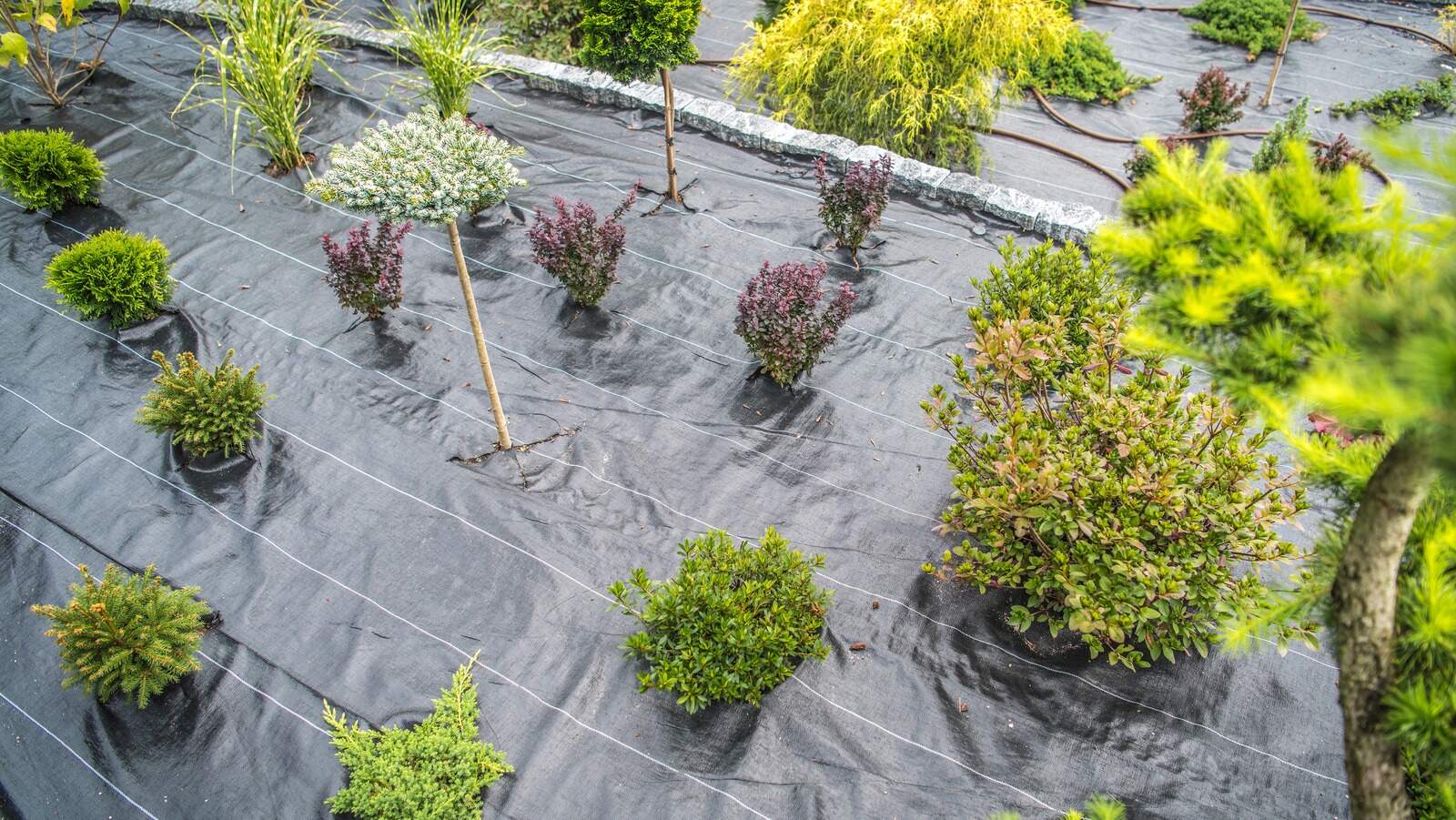
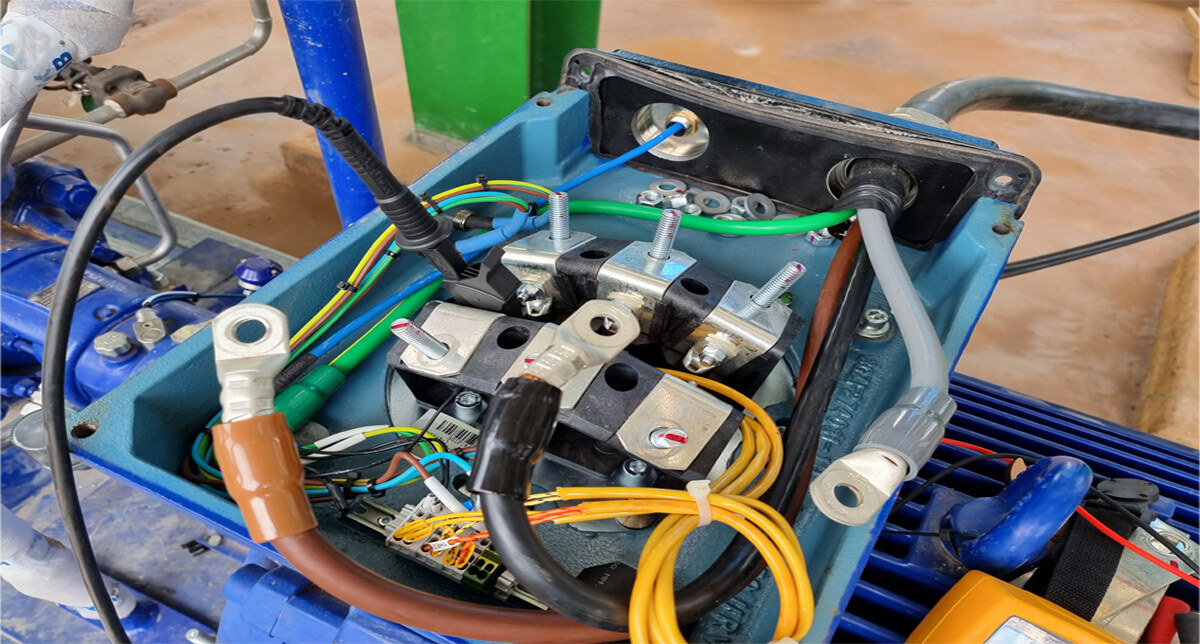
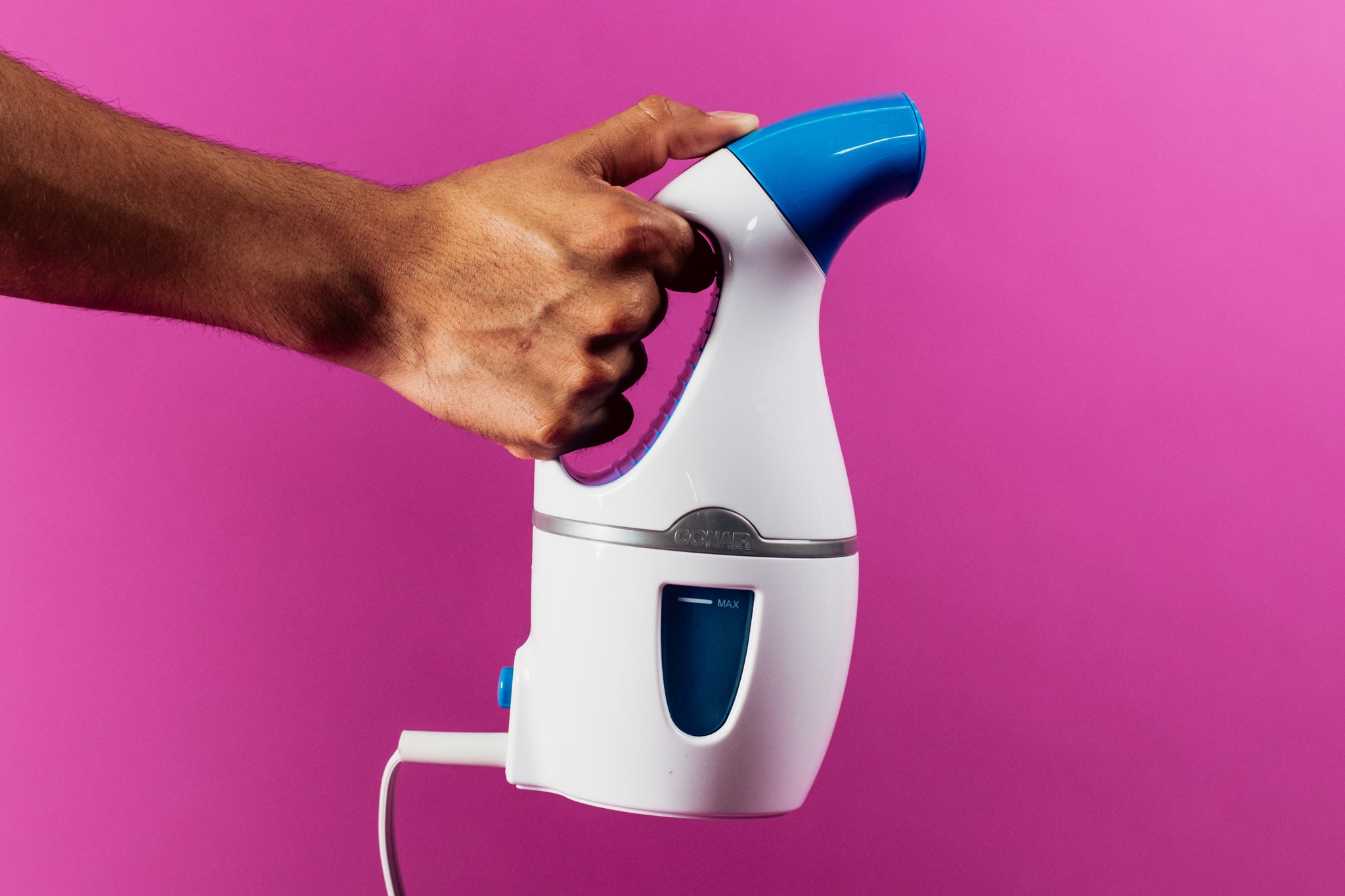
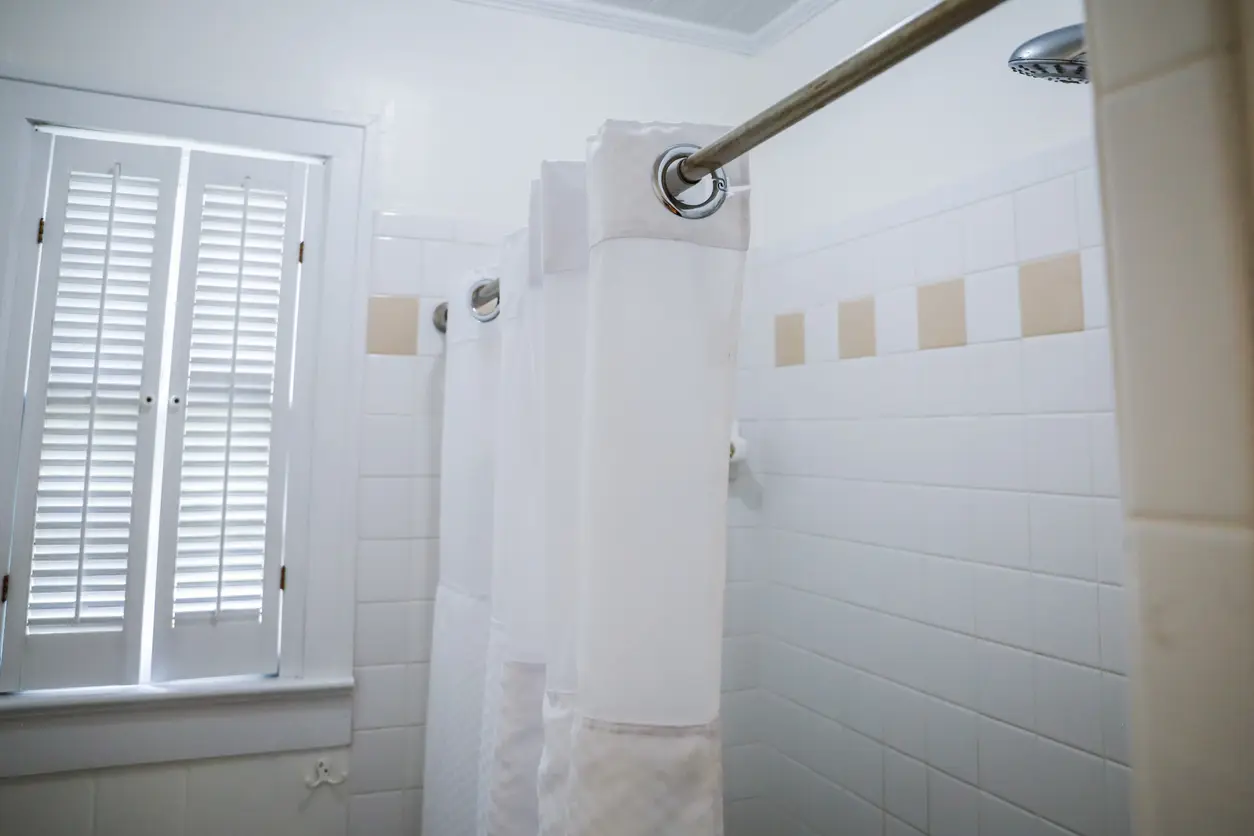

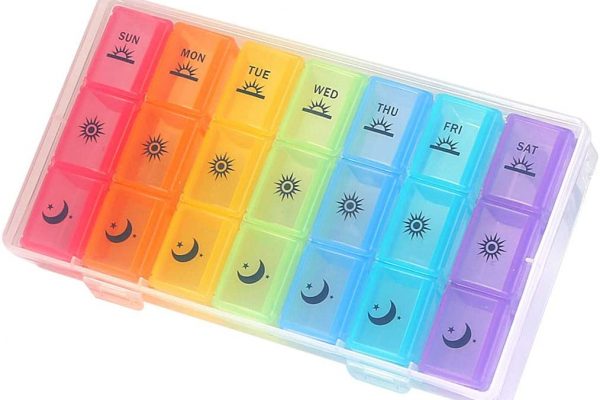

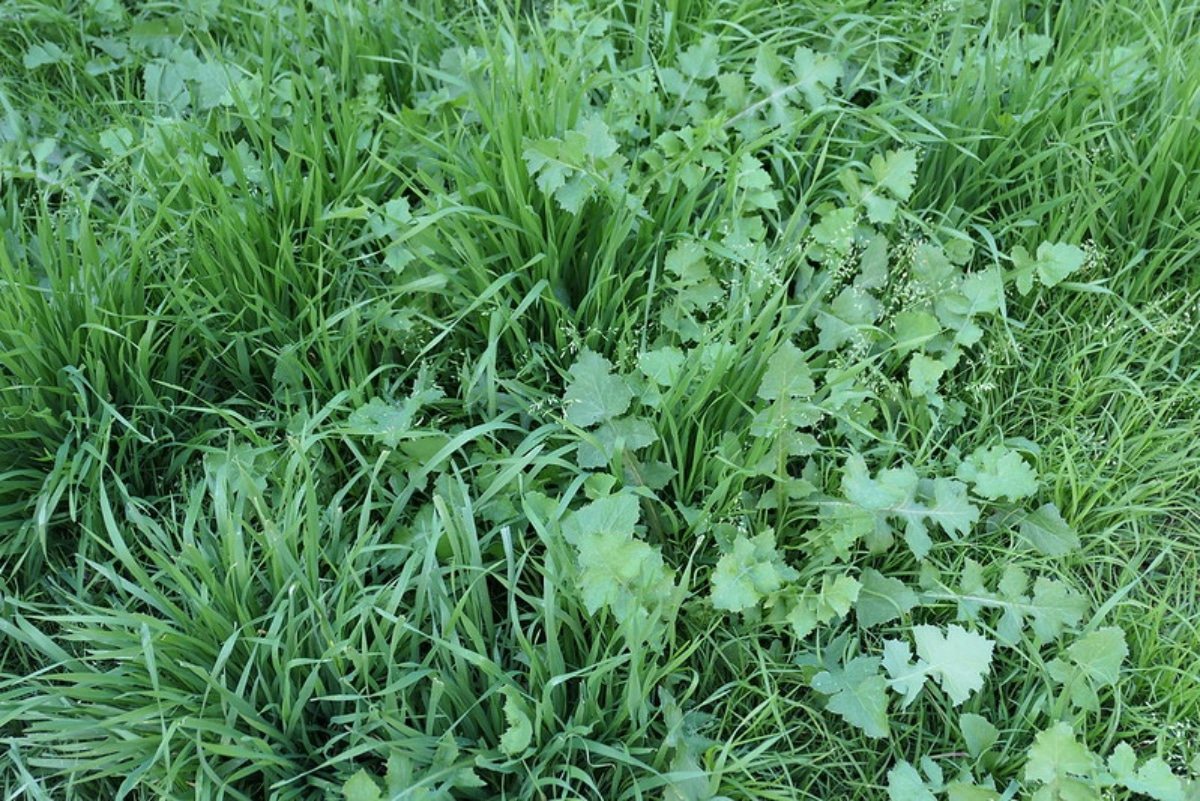
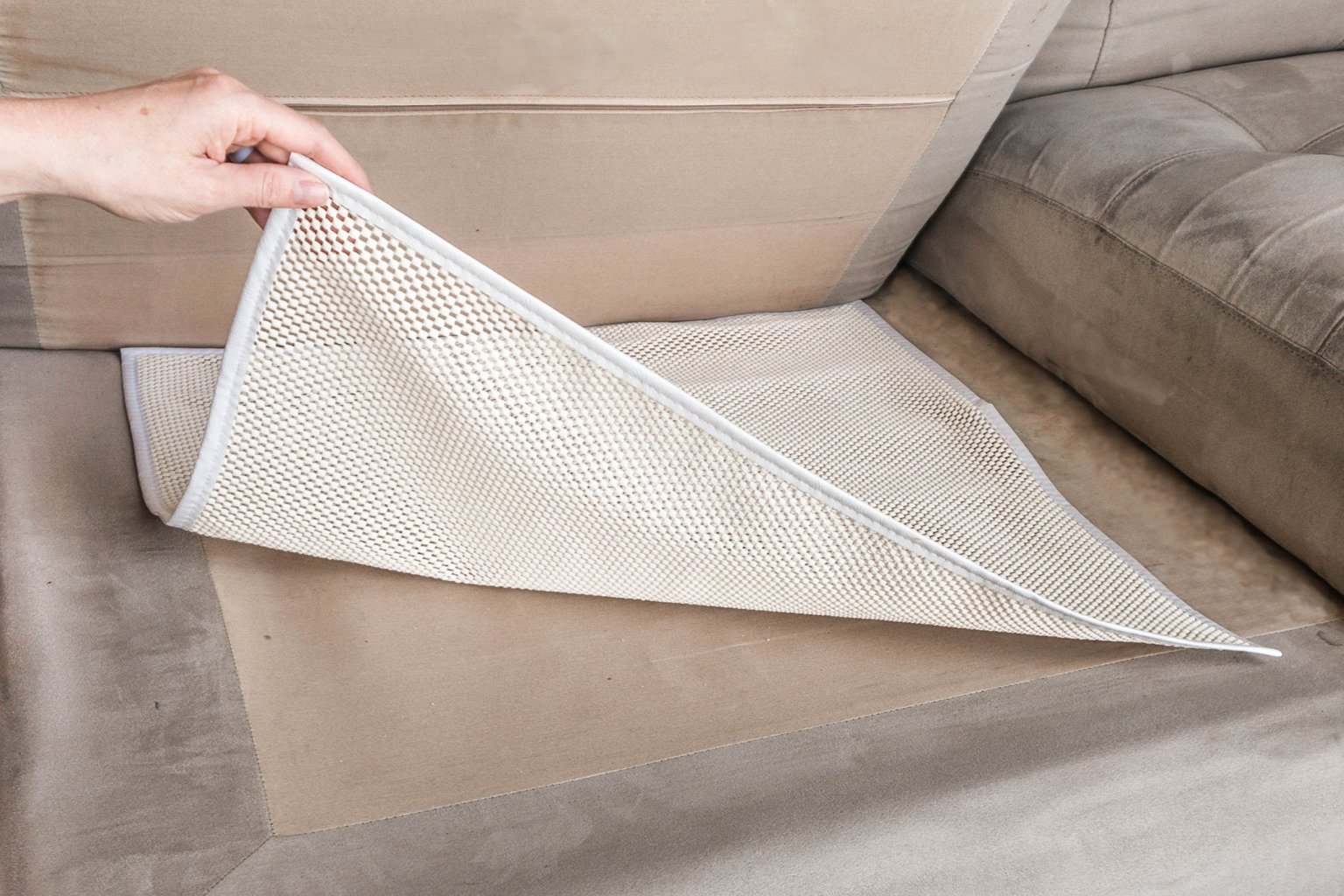
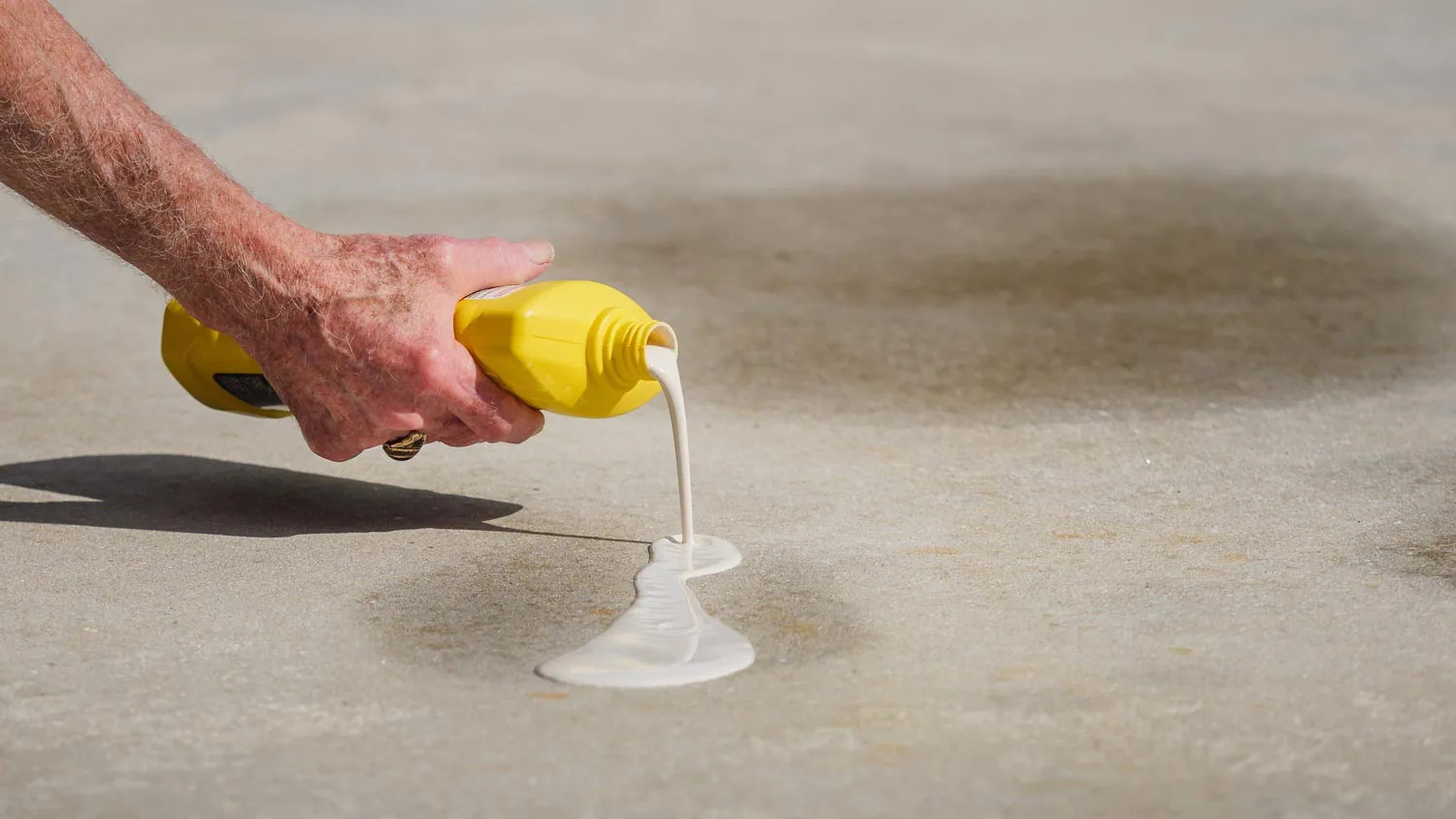
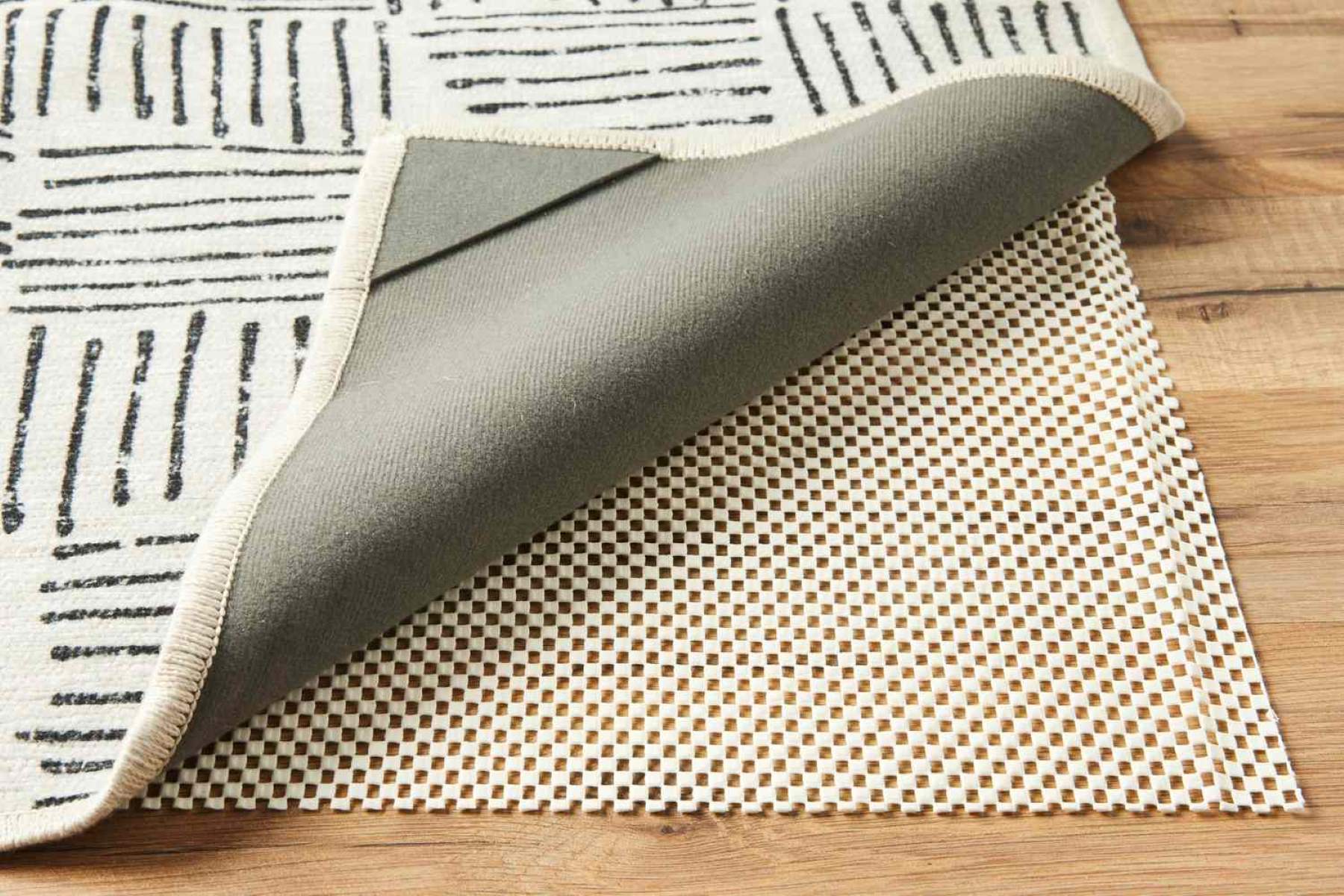

0 thoughts on “How To Prevent And Remove Fabric Pills From Your Favorite Garments”